Who We Are
Established in 1994, the Pacific Whale Watch Association (PWWA) is a community of ecotourism professionals with a shared commitment to education, conservation, and responsible wildlife viewing in Washington State and British Columbia. With 29 member companies departing from 24 different locations in Washington State and British Columbia, our skilled operators are able to educate and inspire nearly 400,000 visitors per year.
From zodiacs to catamarans, sailboats to sea kayaks, the PWWA has something for everyone. No matter which company you choose, all members of the PWWA have a great respect for the Pacific Northwest and its wildlife. Few experiences compare to seeing whales in the wild, and few destinations offer the variety and abundance of the Salish Sea, a place where whales are seen consistently throughout the year.
History
In the 1980s and early 1990s, there were only a few professional whale watch operators in Washington and British Columbia. That all changed, however, with the release of the movie Free Willy in 1993. The summer blockbuster about a captive whale’s return to the ocean inspired thousands of visitors to flock to the Pacific Northwest where several of the movie’s scenes were filmed. Boats could hardly keep up with the new demand to see killer whales in their natural habitat.
As the professional whale watching industry grew, several local operators banded together in 1994 to form the Pacific Whale Watch Association (originally Whale Watch Operators Association Northwest) to develop voluntary whale and wildlife viewing guidelines in Washington and British Columbia, long before they were required by law.
Now, decades later, the PWWA has become a model for sustainable ecotourism not just regionally, but around the world. Many of the laws in place today are based on the guidelines first implemented by the PWWA, such as slow approach speeds, precautionary viewing distances, and a voluntary sanctuary zone along the west side of San Juan Island where Southern Resident killer whales are known to forage.
Today, the PWWA continues to model proper boating behavior around whales for other vessels. We warn other vessels when whales are present so that they can slow down and alter course. We contribute toward cetacean research, prioritize education and conservation, and are heavily involved in wildlife advocacy. The PWWA continues to evolve, but our commitment to the animals remains constant.
How We Find Whales
The Pacific Whale Watch Association is unique in that our member companies all work together, as a community, to locate whales and other wildlife.
Contrary to urban legend, Salish Sea whales aren’t tagged or trained to show up on demand. Whales are constantly on the move, capable of travelling more than 100 miles a day. By coordinating search efforts, sharing information with other PWWA members, and utilizing numerous sources of sightings information, our member companies provide their guests with the best possible chance of seeing whales in the wild.
Some of the tools available to PWWA members include:
An encrypted PWWA radio channel for PWWA members only
The private PWWA App to share real-time whale sightings
Private social media groups
An extensive sightings network of both shore-based and boat-based observers
Not all tour operators in the Salish Sea belong to the PWWA. The only way to ensure you’re supporting skilled, licensed professionals who work together to provide superior experiences for both guests and whales alike is by choosing a company belonging to the Pacific Whale Watch Association.




